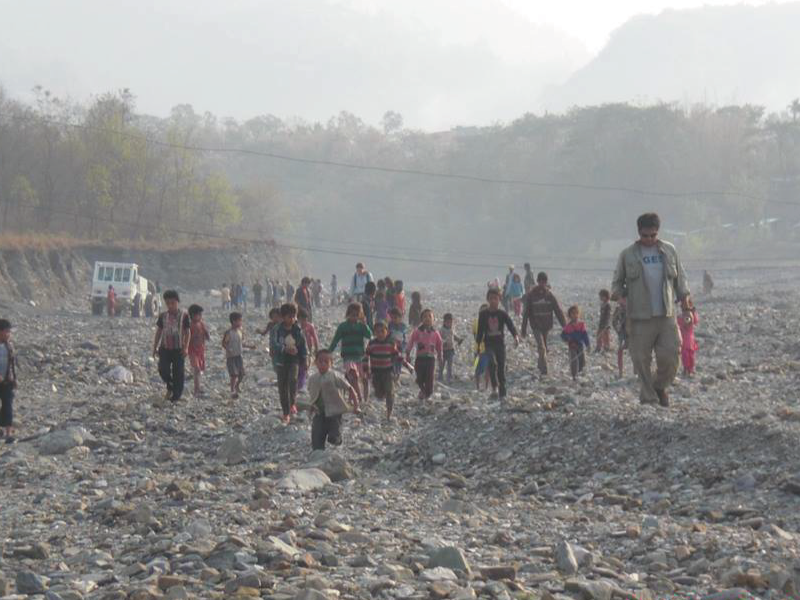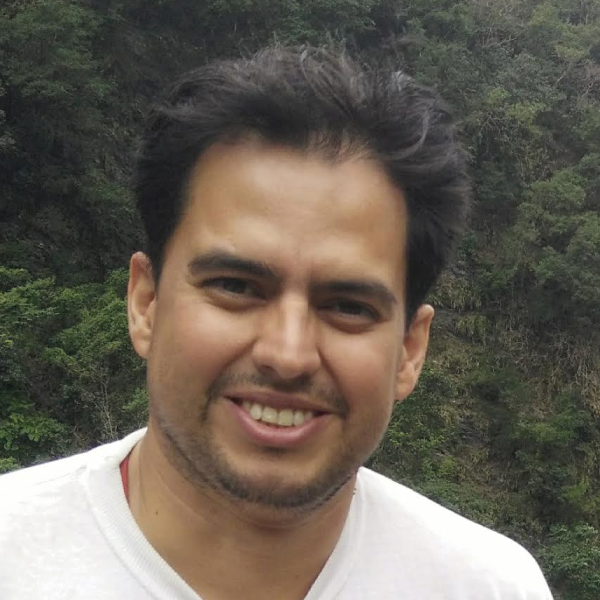The 2015 Gorkha earthquake provided new information on the MHT that has led us to develop a new structural model of this fault consistent with the regional geology. I will also show how we use seismic reflection data to image the subsurface in the vicinity of the fault tip of the MFT in Central Nepal. These results provide direct imaging of the décollement and both emergent and blind fault strands. We show that the décollement lies at 2.5 km depth, not the 5 km commonly assumed in the literature. We demonstrate that some fault strands do not reach the surface, and therefore trenching these strands to study offset layers is not possible. We identify a beveled, erosional surface buried beneath younger sediments, indicating that the vertical movement of strath surfaces relative to the active river channel is affected by changes in base level or sediment supply, as well as tectonics. We make the first direct observations of fault dip on two strands of the MFT at depth, which allow uplift measurements from terraces to be converted to fault slip. Finally I will show preliminary results that suggest that the structural geology of the MFT and the amount of slip it has accrued varies greatly over the length of Nepal. Together, these results indicate that the use of traditional paleoseismological tools based on trenching and river terraces must be applied cautiously in Nepal and other parts of the Himalaya.
Rafael es egresado de ingeniero geologo de la Universidad de Los Andes en Merida, Venezuela. Luego obtuvo un MSc en Texas A & M University estudiando frecturas en nucleos tomados en la zona de falla de la Falla de San Andres en California y finalmenete obtuvo so PhD en geologia de Columbia University estudiando tectonica extensional del Basin and Range Central en el oeste de Estados Unidos. Ahora Rafael estudia la tectonica de la colision de India y Asia en los Himalaya de Nepal y en Bangladesh.

